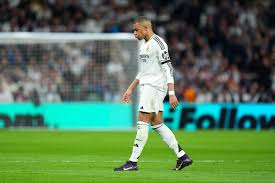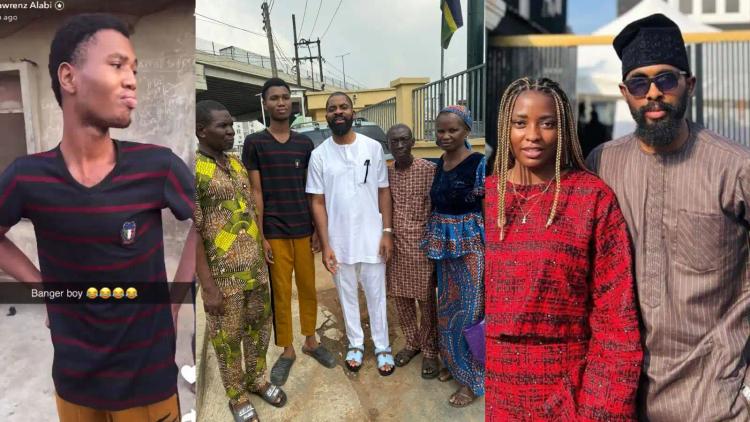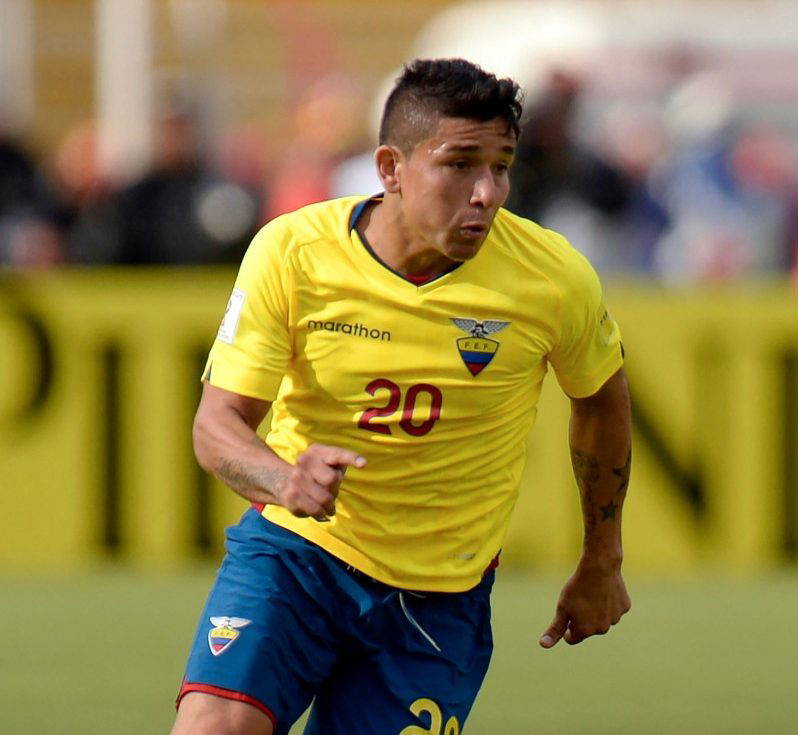How Kylian Mbappé made Real Madrid worse

Back in a 1999 column, my former boss Bill Simmons introduced the “Ewing Theory.” It came from a friend of his who believed that Patrick Ewing’s teams — at both Georgetown and with the New York Knicks — strangely played better whenever Ewing was injured or stuck on the bench with foul trouble, as Simmons later explained in an ESPN piece.
Ewing, a star center drafted No. 1 overall by the Knicks in 1985, had a long, impressive career. Unfortunately, it unfolded alongside the dominance of Michael Jordan, meaning Ewing’s Knicks won plenty of games but never captured an NBA title.
In 1999, during the Eastern Conference finals, Ewing tore his Achilles. The eighth-seeded Knicks were tied 1-1 with the second-seeded Indiana Pacers, and most expected the Pacers to cruise to the NBA Finals. Instead, Simmons published his column introducing the Ewing Theory — and right on cue, the Knicks won three straight to clinch the series.
Over the past 25 years, the Ewing Theory has been mocked and misunderstood. Critics quip: Oh, so it’s better not to have great players? They point out that the Knicks haven’t been back to the Eastern Conference finals since Ewing left. And they question why Simmons chose Ewing in the first place.
But the name wasn’t really the point. As Simmons explained in a 2013 update, the Ewing Theory isn’t about tearing down a player — it’s about what happens when a team recalibrates after losing a star. Sometimes a player is overrated. Sometimes his absence gives other players a chance to thrive in a better-fitting system. And sometimes, losing a centerpiece forces everyone to step up, rediscover urgency, and rebuild momentum — transforming the team in the process.
Sound familiar?
Imagine if the world’s supposed best soccer player changed clubs over the summer, only for his new team to get worse while his old team thrived without him. Well, that’s exactly what’s happened with Kylian Mbappé after his move from Paris Saint-Germain to Real Madrid.
So, ahead of the upcoming El Clásico — the Copa del Rey final between Real Madrid and Barcelona (streaming live on ESPN+) — let’s dive into how Mbappé’s departure hurt Madrid, why PSG improved without him, and what it all might say about Mbappé as a player.
2 thoughts on “How Kylian Mbappé made Real Madrid worse”
Comments are closed.




Very good https://t.ly/tndaA
Awesome https://t.ly/tndaA